![]()
![]()
![]()
Use LEFT and RIGHT arrow keys to navigate between flashcards;
Use UP and DOWN arrow keys to flip the card;
H to show hint;
A reads text to speech;
50 Cards in this Set
- Front
- Back
- 3rd side (hint)
|
Light year |
a unit of distance equivalent to the distance that light travels in one year.
|
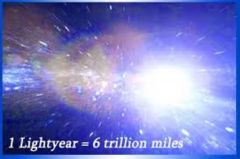
|
|
|
Galaxy |
a system of millions or billions of stars.
|

|
|
|
Elliptical Galaxy |
a type of galaxy having an approximately ellipsoidal shape
|
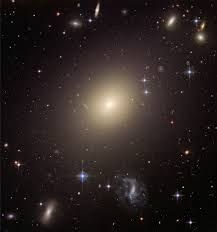
|
|
|
Spiral Galaxy
|
Type of Galaxy that has 2 or more arms stretching out. |

|
|
|
Irregular Galaxy |
a galaxy that does not have a distinct regular shape
|
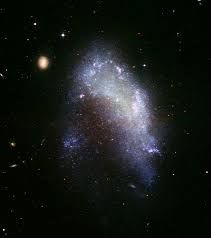
|
|
|
Planets |
a celestial body moving in an elliptical orbit around a star.
|
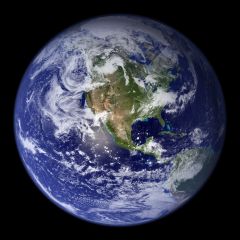
|
|
|
Moons |
the natural satellite of the earth
|
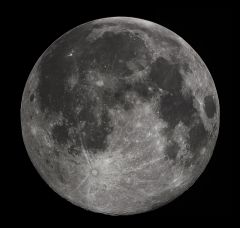
|
|
|
Asteroids |
small, airless rocky worlds that revolve around the sun
|

|
|
|
Comets |
is an icy small body that when passing close to the Sun, heats up and begins to outgas
|
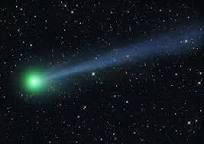
|
|
|
Meteoroids |
is a piece of stony or metallic debris which travels in outer space.
|
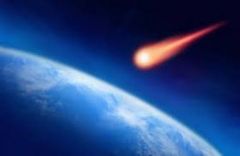
|
|
|
Roatation |
When the earth rotates on its axis
|
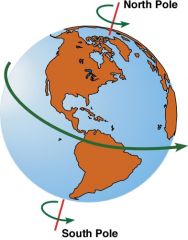
|
|
|
Revolution |
When the earth orbits the sun
|

|
|
|
Seasons |
Different times a year with different weather
|

|
|
|
Tilt |
When the earth is twisted on an angle
|

|
|
|
Summer solstice |
Usually around June when the days are shorter/longer
|

|
|
|
Winter solstice |
Usually around December when the days are longer/shorter
|

|
|
|
Autumnal Equinox |
Usually around Fall seasons when day and night are equal
|

|
|
|
Vernal Equinox |
Usually around Spring seasons when the days and nights are equal
|

|
|
|
Indirect light |
When the rays from the sun don't directly hit earth
|

|
|
|
Direct light |
When the Rays from sun hits he sun straightly |

|
|
|
Lunar Movement |
the movement of an object around the moon
|

|
|
|
Moon Phases |
the shape of the illuminated portion of the Moon
|

|
|
|
New moon |
When the moon is completely dark |
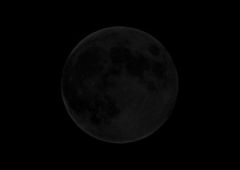
|
|
|
Waxing Crescent |
moon is less than one-half illuminated by the sun
|

|
|
|
First quarter |
The moon is one-half illuminated by the sun.
|

|
|
|
Waxing gibbous |
The moon is more than one-half illuminated by the sun
|

|
|
|
Full moon |
The moon is totally visible in the sky
|

|
|
|
Waning Gibbous |
The moon is more than one-half illuminated by the sun
|

|
|
|
3rd/Last quarter |
The moon is one-half illuminated by the sun.
|

|
|
|
Waning crescent |
The moon is less than one-half illuminated by the sun
|

|
|
|
Meteor |
a small body of matter from outer space
|

|
|
|
Meteorite |
a meteor that survives its passage through the earth's atmosphere
|

|
|
|
Sun |
the star around which the earth orbits.
|

|
|
|
Photosphere |
the luminous envelope of a star from which its light and heat radiate.
|
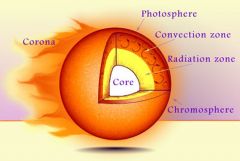
|
|
|
Corona |
Th gaseous flaring fire around the sun |

|
|
|
Sunspot |
Dark spots on the sun and cooler than other spots |

|
|
|
Prominence |
A prominence is a large, bright, gaseous feature
|

|
|
|
Solar flares |
Occur when magnetic energy is built up in the atmosphere |

|
|
|
Auroras |
Auroras are a spectacular sign that our planet is electrically connected to the Sun
|

|
|
|
Solar wind |
The solar wind is a stream of energized, charged particle
|

|
|
|
Distance-Time Graph |
Represents the speed of an object and its direction |

|
|
|
Motion |
action or process of brig somewhat moved
|

|
|
|
Position |
a place where someone or something is located or has been put.
|

|
|
|
Direction |
a course along which someone or something moves.
|

|
|
|
Refrence point |
a basis or standard for evaluation
|

|
|
|
Speed |
the rate at which someone or something is able to move or operate
|

|
|
|
Steep slope on a Graph |
The measure of steep the line goes in a graph |

|
|
|
Flatter slope on a graph |
one line is slower than the other or breaking off |

|
|
|
Zero slope on a graph |
When there is no increase in distance or just sits there |

|
|
|
Formula for average speed |
Formula: Speed=distance divided by time |

|

